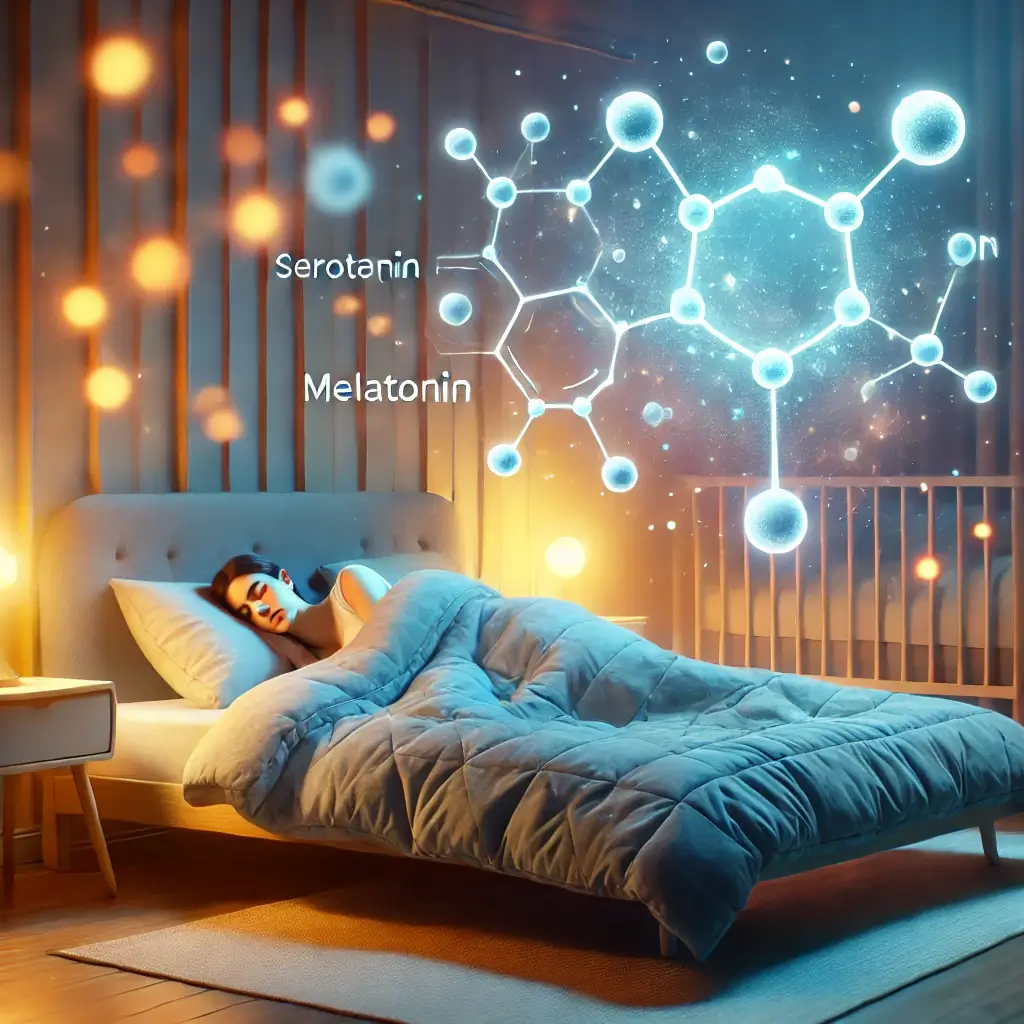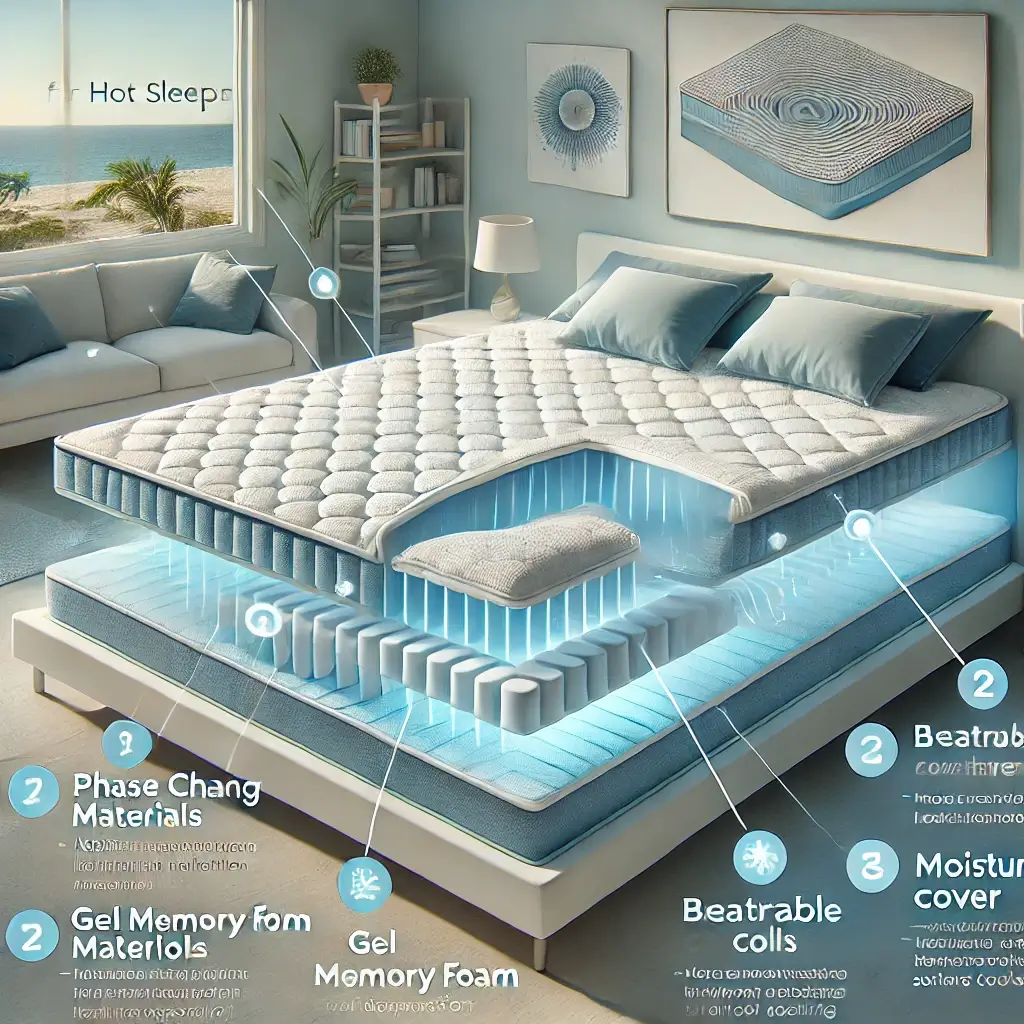An Overview of Water Mattresses and Their Origins
Charles Hall, a San Francisco State University design department student, invented the first waterbed in the 1960s. Hall took his cue from the water’s buoyancy and thought that it might be utilized to provide a more cozy and supportive sleeping surface. He tried several techniques for adding moisture to mattresses before patenting his concept in 1971.
The 1970s and 1980s saw a fast rise in the popularity of waterbeds. They were viewed as a more opulent and cozy substitute for conventional beds. They were known for being loud and demanding to care for, too. As memory foam mattresses gained widespread in the 1990s, water beds started to lose favor.
Advantages of Waterbeds
More support: The buoyancy of water can assist in distributing weight more evenly and offer the body more support. This might be a godsend for anyone with back discomfort or joint troubles. More comfort: Water beds adjust to the body’s contours to be more comfortable than conventional mattresses. This may lessen tossing and turning and improve sleep quality. Newer water beds are substantially quieter than earlier types in terms of noise reduction. This results from using baffles and sound-dampening materials, to prevent the water from splashing.
Relief from allergies: Those who suffer from allergies may find water beds a welcome relief. Water may trap allergens like dust mites, which can help reduce allergy symptoms. Sleeping cooler is possible thanks to waterbeds. This is because water has a large heat capacity, and takes longer to heat up than air.
Problems with Waterbeds
Costly: Compared to conventional mattresses, water beds might be more expensive.
Water beds can be challenging to transport because of their weight.
Older water beds may be loud, especially if not kept up correctly.
Water beds are challenging to maintain since they must be cleaned and refilled regularly.
Water beds may be better options for some. Those who get seasick quickly or have balance problems may not find a water bed to be a pleasant sleeping surface.
There has been a resurgence of interest in water beds in recent years. This is partly because waterbeds are now quieter and simpler to maintain, thanks to the advent of new technology. These days, water beds come in various sizes and designs and may be altered to suit the preferences of different sleepers.
Utilizing microcellular foam is one of the most important developments in water bed technology. Compared to regular foam, microcellular foam is significantly softer and more flexible. Because it lessens noise and motion transfer, it is a superior option for water beds.
The usage of baffles is a novel water bed technique as well. Partitions called baffles are positioned inside the water bed mattress. They strengthen the bed and prevent the water from splashing about. People with balance issues or motion sickness may find this very helpful.
Waterbeds are becoming more pleasant and straightforward to maintain thanks to various novel technologies, including microcellular foam and baffles.
Materials that absorb sound are used in water beds to lower noise levels.
Anti-microbial treatments keep mold and mildew from growing on water beds.
Self-cleaning systems automatically clean water beds using chemicals or UV radiation.
Thanks to these innovative water bed technologies, people searching for a pleasant and supportive sleeping surface now have additional options. Additionally, they are making water beds more accessible to those who suffer from allergies or motion sickness.
Conclusion
Water beds can be an excellent option if you’re seeking a supportive sleeping surface; they have several advantages, including improved support, increased comfort, noise reduction, and allergy relief. Water beds, however, may also be costly, heavy, loud, and challenging to maintain. Consider the advantages and disadvantages of a water bed carefully before deciding if it is the best option for you.













